Hey fellow developers! NVIDIA recently announced some incredible AI performance optimizations for their GeForce RTX AI PCs and RTX workstations, and I can’t wait to share how these advancements can transform your work.
GeForce RTX AI PCs and RTX workstations
Relating to Your Daily Challenges
Now, let’s dive into why this matters to you. As a developer, you’ve probably faced some of these common issues:
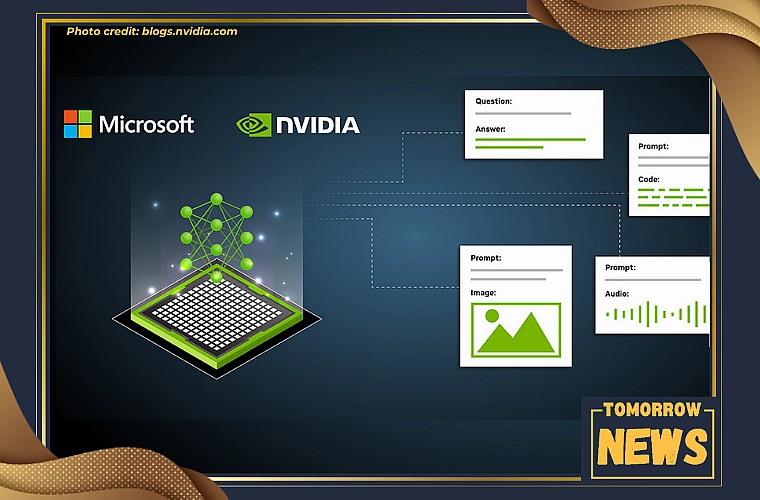
Performance Bottlenecks
We’ve all been there – you’re in the middle of a complex project, and suddenly, everything grinds to a halt because your hardware can’t keep up. These performance optimizations directly address this issue, meaning smoother, faster processing that keeps up with your pace.
Hardware Limitations
Current hardware often struggles with the computational demands of advanced AI models. These optimizations mean your existing projects can run more efficiently, and future projects won’t be held back by the limitations of your hardware.
Scalability Issues
Scaling AI applications can be a nightmare. Whether you’re training larger models or deploying AI at the edge, the improved scalability from these optimizations will make your job easier. No more hitting walls when you need to grow – your hardware can grow with you.
Energy Efficiency
High-performance computing often comes with high energy costs. These new optimizations also focus on energy efficiency, which not only helps the environment but also reduces operational costs, making your solutions more sustainable.
If you’ve been battling hardware limitations and looking for ways to boost your AI projects, this news is tailor-made for you.
GeForce RTX AI PCs and RTX workstations are high-performance computing systems powered by NVIDIA’s RTX GPUs, designed to accelerate AI workloads and provide enhanced capabilities for various user groups.
GeForce RTX AI PCs
These are consumer-grade desktop and laptop PCs equipped with NVIDIA’s GeForce RTX GPUs, which feature dedicated AI acceleration hardware called Tensor Cores. GeForce RTX AI PCs are primarily targeted at Gamers Content Creators, and AI Enthusiasts and Developers.
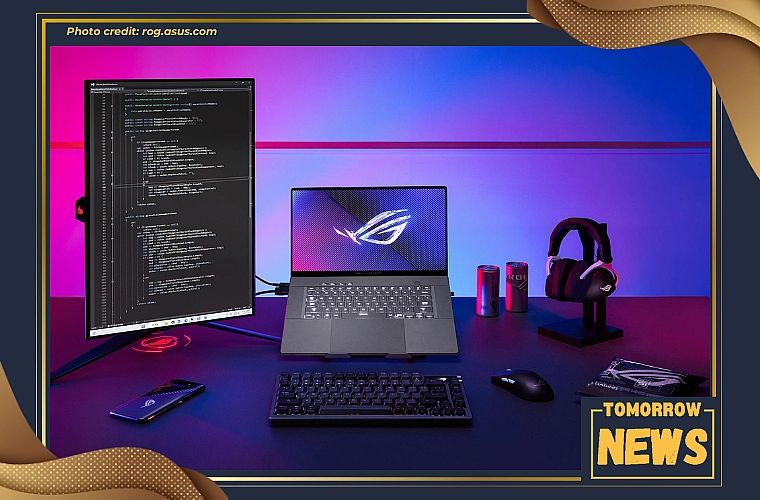
Gamers:
RTX AI PCs enable AI-powered features like NVIDIA DLSS for boosting frame rates, NVIDIA Broadcast for AI-enhanced streaming, and NVIDIA ACE for AI-driven character animations and dialogue.
Content Creators:
AI-accelerated tools in applications like Adobe Premiere, DaVinci Resolve, and Blender help automate tasks like noise removal, video upscaling, and 3D rendering.
AI Enthusiasts and Developers:
RTX AI PCs allow users to run AI models locally, enabling privacy and low latency for tasks like image and video generation using tools like Stable Diffusion.
With over 100 million RTX GPUs in the market, NVIDIA has a massive installed base for AI on PCs.
RTX Workstations
These are professional-grade systems designed for demanding AI workloads, typically used by AI Developers and Data Scientists, Content Creators and Digital Artists, and Researchers and Scientists.
AI Developers and Data Scientists:
RTX workstations provide a powerful platform for developing, training, and fine-tuning AI models using NVIDIA’s AI Enterprise software, TensorRT, and RAPIDS.
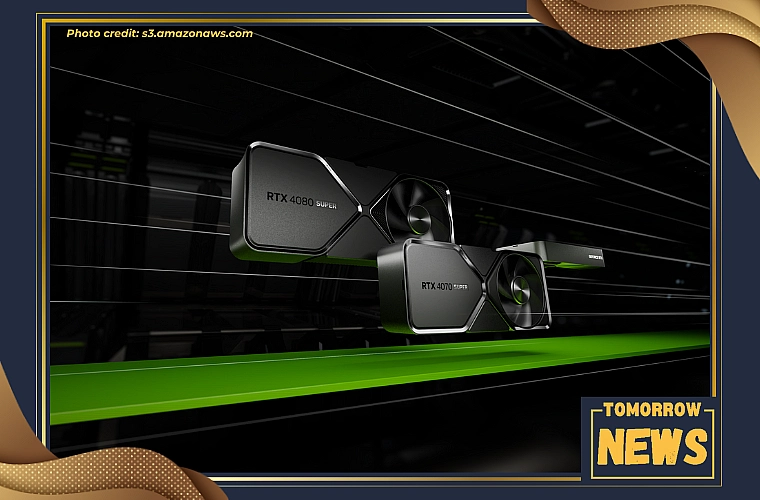
Content Creators and Digital Artists:
AI-accelerated tools in creative applications like Blender, Autodesk Maya, and Adobe Creative Cloud leverage RTX workstations for tasks like 3D rendering, video editing, and image processing.
Researchers and Scientists:
Computationally intensive AI models used in fields like climate modeling, particle physics, and bioinformatics can leverage the performance of RTX workstations.
NVIDIA’s A800 40GB Active GPU, bundled with a three-year AI Enterprise license, is an ideal workstation platform for AI and data science development.
Examples of companies and industries using GeForce RTX AI PCs and workstations
Several industries are leveraging the capabilities of GeForce RTX AI PCs and RTX workstations for various AI-accelerated applications. Here are some examples:
- Valve (Half-Life 2 RTX remaster),
- video production studios leveraging AI tools in Adobe Premiere and DaVinci Resolve, and
- researchers in scientific computing fields like climate modeling and particle physics.
Gaming and Entertainment
Game Developers: Studios like Valve are using RTX workstations and NVIDIA’s AI tools like RTX Remix to remaster classic games like Half-Life 2 with ray-tracing and AI-enhanced textures.
Gamers: RTX AI PCs enable AI-powered features like NVIDIA DLSS for boosting frame rates, NVIDIA Broadcast for AI-enhanced streaming, and NVIDIA ACE for AI-driven character animations and dialogue.
Content Creation
Video Production: Studios are using AI-accelerated tools in applications like Adobe Premiere Pro, DaVinci Resolve, and Blender on RTX workstations for tasks like noise removal, video upscaling, and 3D rendering.
Digital Artists and Animators: RTX workstations are being used with creative applications like Autodesk Maya and Adobe Creative Cloud for AI-powered 3D rendering, image processing, and animation.
Scientific Computing and Research
Climate Modeling and Particle Physics: Researchers in these fields are leveraging the performance of RTX workstations for computationally intensive AI models used in simulations and analysis.
Bioinformatics: AI models used in bioinformatics research can benefit from the performance of RTX workstations.
AI Development and Data Science
AI Developers and Data Scientists: RTX workstations provide a powerful platform for developing, training, and fine-tuning AI models using NVIDIA’s AI Enterprise software, TensorRT, and RAPIDS.
Generative AI: RTX AI PCs and workstations are being used to run generative AI models like Stable Diffusion locally for tasks like image and video generation.
These are just a few examples, as the AI capabilities of RTX systems are being leveraged across various industries for tasks ranging from content creation and scientific computing to gaming and AI development
AI applications that are being used in the industrial design industry with GeForce RTX AI PCs and workstations
The industrial design industry is leveraging the AI capabilities of GeForce RTX AI PCs and RTX workstations for various applications, including 3D Modeling and Rendering, Generative Design,Virtual Prototyping and Simulation, Computer-Aided Design (CAD), and Collaborative Design
3D Modeling and Rendering:
AI-accelerated tools in applications like Autodesk Maya, 3ds Max, and Blender are being used for tasks like intelligent denoising, AI-assisted texture generation, and AI-powered rendering.
These AI features help industrial designers create high-quality 3D models and photorealistic renderings more efficiently.
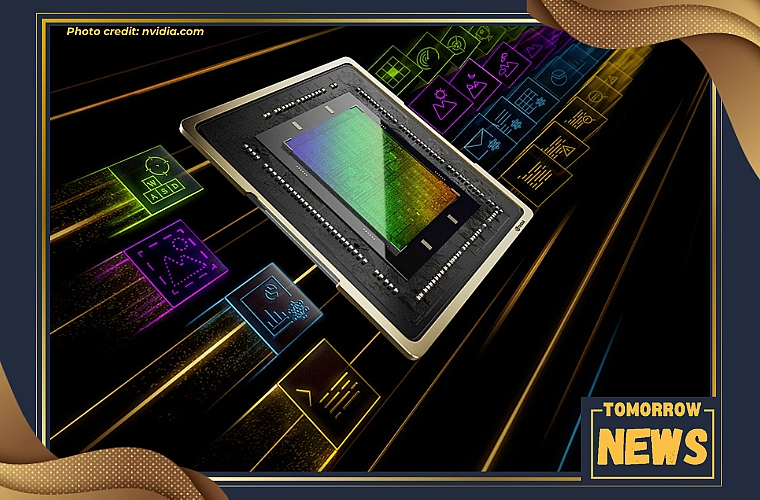
Generative Design:
Generative design tools like Autodesk Dreamcatcher and NVIDIA Omniverse leverage AI to generate multiple design options based on specified constraints and requirements.
This allows industrial designers to explore a broader range of design possibilities and optimize for factors like weight, strength, and manufacturability.
Virtual Prototyping and Simulation:
AI-powered simulation tools like NVIDIA Omniverse enable industrial designers to create and test virtual prototypes in realistic environments.
This helps identify potential issues early in the design process, reducing the need for physical prototypes and accelerating time-to-market.
Computer-Aided Design (CAD):
AI-assisted CAD tools can help industrial designers with tasks like intelligent sketching, shape recognition, and design optimization.
These AI features can streamline the design process and improve productivity.
Collaborative Design:
Platforms like NVIDIA Omniverse enable industrial designers to collaborate in real-time on design projects, leveraging AI for tasks like avatar animation and real-time ray tracing.
This facilitates remote collaboration and improves communication among design teams.
Examples of companies using these AI applications in industrial design include automotive manufacturers like BMW and Audi, which leverage generative design and virtual prototyping, and consumer product companies like Dyson, which uses AI-accelerated rendering and simulation tools.
FAQ | GeForce RTX AI PCs and RTX workstations
What are the hardware optimizations included in GeForce RTX AI PCs and workstations?
The key hardware optimizations included in GeForce RTX AI PCs and RTX workstations are:
AI Tensor Cores:
NVIDIA has supercharged the AI Tensor Cores in their GPUs, which are specialized hardware units designed to accelerate AI workloads, particularly deep learning models. The Tensor Cores deliver up to 836 trillion operations per second on the new GeForce RTX 40 SUPER Series GPUs.
CUDA Cores:
Enhancements have been made to the CUDA cores, the primary processing units in NVIDIA GPUs, to boost the performance of general-purpose GPU (GPGPU) computing tasks, including AI workloads.
Memory Subsystem:
Optimizations have been applied to the memory subsystem, including GPU memory and associated controllers, leading to faster data transfer rates and reduced latency. This benefits AI applications that require processing large amounts of data.
Some specific examples of hardware performance improvements are:
The GeForce RTX 4080 SUPER generates AI video 1.5x faster and images 1.7x faster than the previous GeForce RTX 3080 Ti GPU.
RTX AI laptops from manufacturers like Acer, ASUS, Dell, HP, Lenovo, MSI, Razer, and Samsung deliver a performance increase ranging from 20x-60x compared to using neural processing units (NPUs).
These hardware optimizations, particularly the AI Tensor Cores and memory subsystem enhancements, are designed to significantly accelerate AI workloads, including deep learning models, generative AI tasks like text-to-image and video generation, and AI-powered features in games and creative applications.
How do the cuda cores in GeForce RTX AI PCs and workstations improve performance?
The CUDA cores in GeForce RTX AI PCs and RTX workstations have received significant enhancements to improve performance:
Increased Throughput:
The new CUDA cores offer up to 2x the single-precision floating-point throughput compared to the previous generation. This means they can process more calculations per second, boosting performance for general-purpose GPU (GPGPU) computing tasks, including AI workloads.
Higher Core Count:
While specific core counts are not mentioned, the increased throughput suggests that the new RTX GPUs likely have a higher number of CUDA cores compared to previous generations.
Improved Efficiency:
The search results mention that the new RTX laptop GPUs deliver up to 2x the efficiency of the previous generation. This improved efficiency can translate to better performance-per-watt, allowing the CUDA cores to operate at higher clock speeds or within the same power envelope.
Support for New Data Formats:
The CUDA cores now support new data formats like TF32 and BFloat16, which can improve performance and efficiency for certain AI workloads.
Accelerated AI Frameworks:
NVIDIA has optimized popular AI frameworks like TensorFlow and PyTorch to take advantage of the enhanced CUDA core performance on RTX GPUs. This can lead to faster training and inference times for AI models developed using these frameworks.
The improved CUDA core performance, combined with optimizations to other components like Tensor Cores, RT Cores, and memory subsystems, contributes to the overall performance boost offered by the new GeForce RTX AI PCs and RTX workstations for AI workloads, graphics rendering, and compute-intensive tasks.
References | GeForce RTX AI PCs and RTX workstations
- NVIDIA Blog – “Accelerating AI with NVIDIA RTX GPUs”
https://blogs.nvidia.com/blog/2023/05/23/accelerating-ai-with-rtx-gpus/ - AnandTech – “NVIDIA Unveils GeForce RTX 40 Series GPUs: Ada Lovelace Arrives For Desktops & Laptops”
https://www.anandtech.com/show/17661/nvidia-unveils-geforce-rtx-40-series-gpus - NVIDIA Developer Blog – “Accelerating AI with NVIDIA RTX GPUs and TensorRT”
https://developer.nvidia.com/blog/accelerating-ai-with-rtx-gpus-and-tensorrt/ - NVIDIA Newsroom – “NVIDIA Unveils GeForce RTX 40 SUPER Series GPUs — Supercharged for AI and Gaming”
https://nvidianews.nvidia.com/news/nvidia-unveils-geforce-rtx-40-super-series-gpus-supercharged-for-ai-and-gaming
Unleashing the Power of NVIDIA’s Generative AI Microservices: Opportunities and Challenges
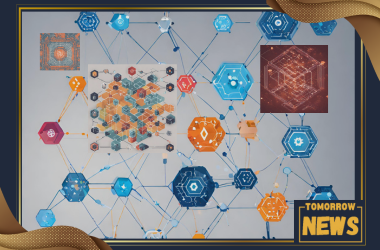
Get set for the future with Tesla’s OptimusExplore the transformative potential of NVIDIA’s Generative AI Microservices for businesses and developers. Discover how these microservices empower innovation, enhance data processing, foster collaboration, and address challenges in the ever-evolving landscape of AI development. humanoid robot!
Learn more about how NVIDIA’s Generative AI Microservices: Opportunities and Challenges.
As we navigate the ever-changing world of AI-powered technologies, it’s crucial to stay in the loop about the latest advancements and how they’re shaping various industries. Take, for example, the article on Squirrel Ai’s revolutionary adaptive learning model, which showcases how AI is revolutionizing education {AI-POWERED EDUCATION TECHNOLOGY}. It’s like watching a superhero swoop in to save the day, transforming the way we learn.
NVIDIA GENAI: TRANSFORMING CYBERSECURITY & SIMPLIFYING DATA CURATION
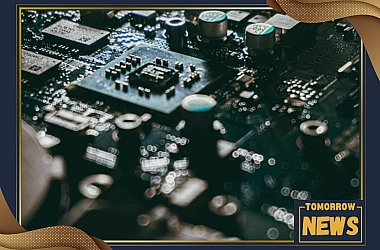
there’s the piece on NVIDIA’s GenAI, showing how AI is stepping up to tackle cybersecurity challenges. Just like Squirrel Ai is blazing trails in education, NVIDIA is harnessing the power of AI to protect us from digital threats. But, of course, with great power comes great responsibility. It’s important to approach the implementation of NVIDIA GenAI with caution, considering potential pitfalls like accuracy and trustworthiness.